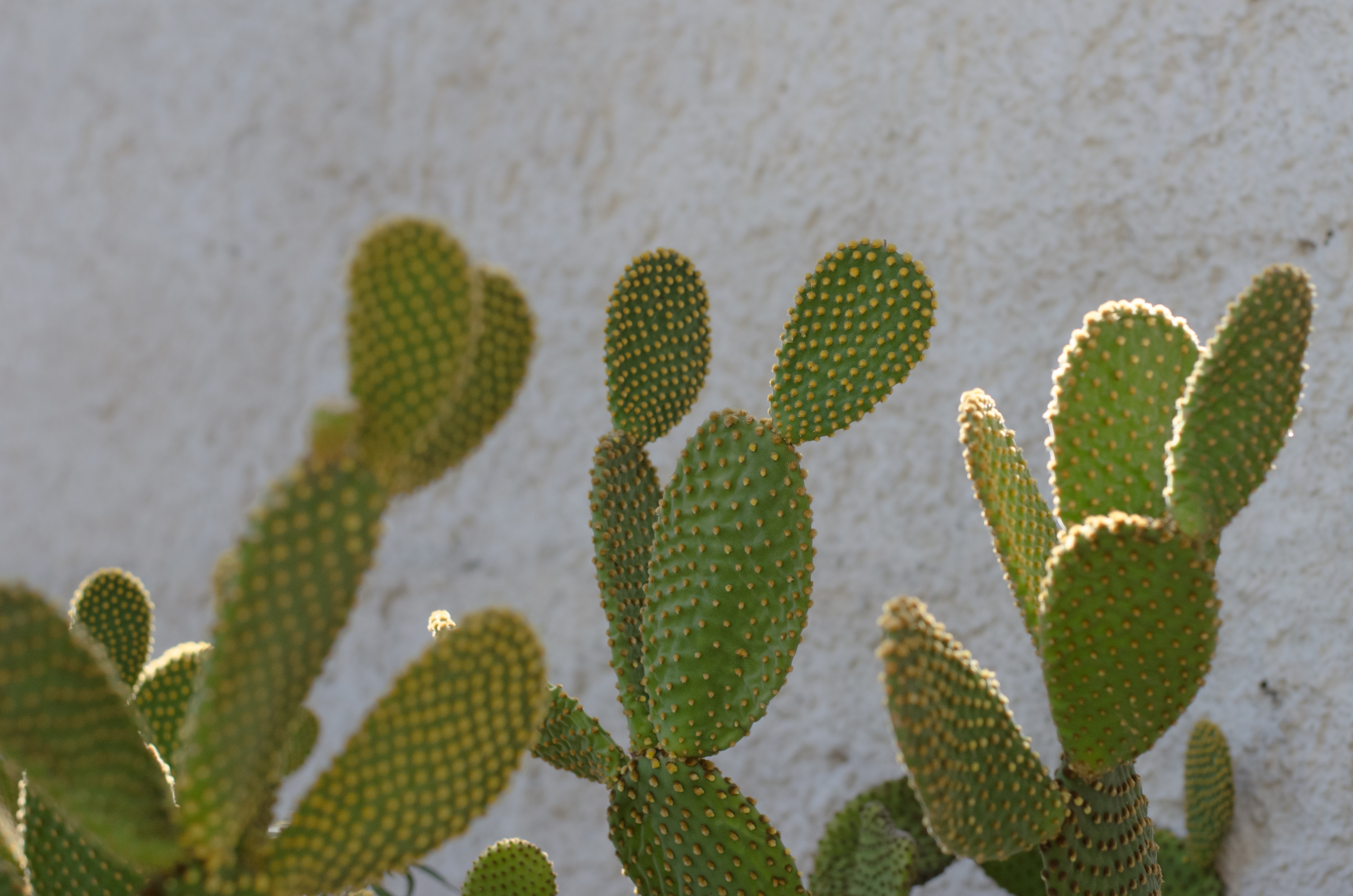Popular Cacti of the Southwest
Mar 31st 2022
Cacti are the most recognizable plants in the southwestern United States, perhaps in the whole world. The most famous cactus in the United States may be the saguaro, whose curving, upraised arms are a famous symbol of the desert.

While Western movies may have you believe that saguaros live all over the American Southwest, they actually only live in one part of southern Arizona! In the Southwest, a huge variety of cacti grow abundantly, punctuating the landscape with unusual shapes, beautiful blossoms, and small respites of shade that help desert animals survive in the brutal heat.
The most common cacti genera in the American Southwest include opuntia, ferocactus, cylindropuntia, and mammillaria. Each one plays an important part in the desert ecosystem. Read on to learn about each one.
Opuntia
More commonly known as “prickly pears,” opuntia cactuses are often densely spiked. Even the sweet edible fruit of the plant, the “pear,” is covered in fine spines. They are a branched, joined cactus that propagate easily as each flat pad section can be grown into a new plant.
Some opuntia species, commonly known by their Spanish name “nopal,” are a popular food source, with both the fruit and the pads of the plant being edible. Cooked nopales in a taco make for a delicious, healthy snack.
Opuntia species grow throughout the Southwest and spineless varieties are often used as landscape plants. While most opuntia live in warm climates, one species, the eastern prickly pear, ranges as far north as Canada!
Ferocactus
Ferocactus species are widespread in the hottest parts of Arizona and California deserts. Often referred to as “barrel cactus,’ species in this genus are covered in large heavy spines that grow along prominent ribs. They can grow up to 10 feet tall and have beautiful blossoms in a variety of red, yellow, purple, and white shades in the spring.
Cylindropuntia
Species in the cylindropuntia genus, commonly called cholla cactuses, grow like a many-branched hedge. They have both large spines and small glochids (bristles) which are similar to the bristles on stinging nettle. Glochids are difficult to remove from the skin because they are hard to see, and they can remain irritating for hours.
Some species of cylindropuntia are so densely covered in spikes, the green stems underneath are barely visible. Cholla species inhabit all of the Southwest region, including Arizona, New Mexico, and the deserts of California. Some cholla species offer an abundant display of flowers in the spring.
Mammillaria
Look down if you want to find mammillaria cacti—or avoid their sharp spines. Familiar species of this cactus include the pincushion cactus and fishhook cactus. Ouch! These delicate plants grow in small clusters close to the ground.
While most cacti grow their flowers from the apex (the upper part) of the stem, mammillaria blossoms flower in a ring around the lower part of the plant. Use this tip to distinguish mammillaria from other similar types of cactus.
Closing
Cacti of the Southwestern United States are colorful, adaptable plants with a variety of shapes and sizes. Some of the most famous varieties, like the stately saguaro, are easy to recognize while others like the diminutive Mammillaria take more effort to spot.

